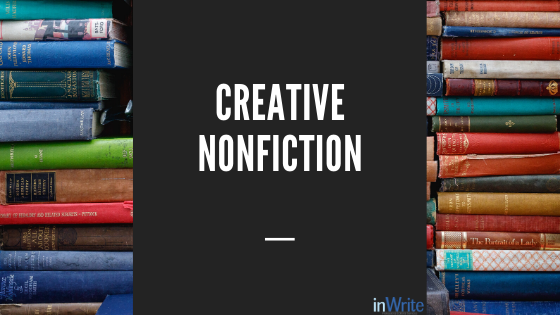What’s the Difference: Creative Nonfiction and Literary Journalism
Creative nonfiction and literary journalism sound like a couple of paradoxes, but they actually are real. Both of these are nonfiction genres that some people tend to confuse. Read on to find out how to distinguish the two.

Creative Nonfiction
Creative nonfiction is exactly what it sounds like: real stories told in a creative way. What distinguishes creative nonfiction from other nonfiction is the way these narratives are written. Creative nonfiction is intended to be a narrative written like prose. When writing creative nonfiction, you have to think of how your audience will take it. It has to be grounded in reality and must be a human voice. In other words, it can’t sound too technical or academic, but it also can’t sound too flowery and over the top.
The term was coined by Lee Gutkind in the ’90s, editor of the Barnes & Noble magazine Creative Nonfiction. He further emphasized that creative nonfiction is one of the fastest-growing genres in the market. This was started by the “memoir craze” of the ’90s, and some of its most popular products were Angela’s Ashes (1996) by Frank McCourt and This Boy’s Life (1989) by Tobias Wolff.
Other than memoirs, personal essays, travelogues, and even literary journalism all fall under the umbrella of creative nonfiction.
In essence, creative nonfiction is meant to be personal. When creative nonfiction becomes public, it is then called literary journalism.

Literary Journalism
Journalism is defined as the activity of collating and presenting news and information for public consumption. Given that, literary journalism can be defined as the creative assessment presentation of information to the public.
Gutkind refers to literary journalism as “big idea” stories. Unlike memoirs which are often personal and tackle specific personal experiences, literary journalism takes an issue, an experience, or a story and collects stories regarding that from various people to be presented in a single cohesive story. Literary journalism is more research heavy compared with general creative language. Just like creative nonfiction, literary journalism gives writers the liberty to tell stories using figurative language, provided that they stay grounded to verified facts and true events. The main difference between the two is that writers of literary journalism do not necessarily write about their own lives.
So What Now?
If you’re a writer struggling between the two, you’ll find it easier to classify which genre you fall under now that we’ve classified the two. Creative nonfiction is a more personal route, tackling narratives that happened to you, the writer. Literary journalism is more public, in that you are a writer reporting about issues that you may or may not have experienced personally.
What you have to take into consideration is that whether you choose one or the other, you need a voice and a story to tell—just make sure it’s a real one.
Sources: